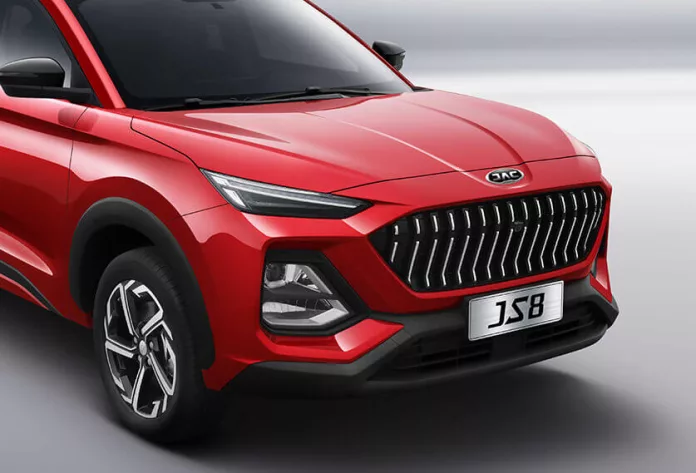As a burgeoning market for electric vehicles (EVs), Latin America is demonstrating unique competitive dynamics, especially when compared to the advantages seen in established markets like the United States, Europe, and China. These dynamics offer a pure market perspective on the viability and competitiveness of EVs.
Mexico’s Progress in the EV Landscape
In this landscape, Mexico plays a pivotal role. Despite its robust traditional automotive industry, the nation had been slow to adopt electric vehicles. However, this trend shifted dramatically in late 2021. Over the past three years, spurred by falling prices and a broader range of electric models, Mexico has experienced a surge in EV sales, underscored by substantial Chinese investment in local EV manufacturing.
In 2023, EVs reached a market share of 1.3% out of the total 1,469,040 vehicles sold throughout the country. The end of the year signified a rapid maturity in the market, as evidenced by December’s closing market share for EVs, which hit 2%. Interestingly, battery electric vehicles (BEVs) are becoming the predominant choice over plug-in hybrid electric vehicles (PHEVs), despite the latter’s typically longer range. This shift could be attributed to the more affordable pricing of BEVs, which is a crucial factor for daily commuters in Latin American markets.
Key Players in Mexico’s Electric Vehicle Industry
While Mexico has seen an uptick in EV adoption, its market doesn’t have the same saturation of Chinese electric cars as some might expect, barring JAC Motors, which has benefitted from local assembly and support from prominent investors. Leading the pack in sales is Tesla‘s Model Y, closely tailed by JAC’s competitively priced models.
Surprises come from the likes of Ford‘s E-Transit securing a position in the top ranks, indicating a diverse and dynamic market. Though not yet substantial, other international brands like SEV and BYD are beginning to penetrate the market as well.
EV Market Outlook for 2024
The year 2024 is poised to be an exciting one for Mexico’s EV market. Chinese manufacturers are making notable entries, although widespread local production is likely a few years off. American automakers, however, with GM and Ford at the forefront, have anchored their EV operations in Mexico, with models like the Blazer and Equinox EV anticipated to emerge in sizable numbers.
Price competitiveness remains a crucial factor, with Chinese brands poised to corner this advantage. Recent price conflicts in the city-car market segment and forthcoming models from numerous brands could stir up an intense rivalry, potentially reshaping market preferences away from traditional combustion vehicles.
The success of models like the E10X, which saw a significant price reduction, suggests an optimistic trend for more affordable EVs in the coming year. The question now is whether these new electric entrants will entice buyers away from traditional internal combustion engine vehicles (ICEVs) or from competitors within the EV sector itself. This remains to be determined as the market responds to evolving pricing and model availability.
To illustrate just how competitive prices might become, consider the dramatic price drop of the JAC E-Sei4 in Costa Rica as of March 2024, which plunged to $27,500. Such trends highlight the potential for EVs to further disrupt the Latin American automotive market.


























